Results
-
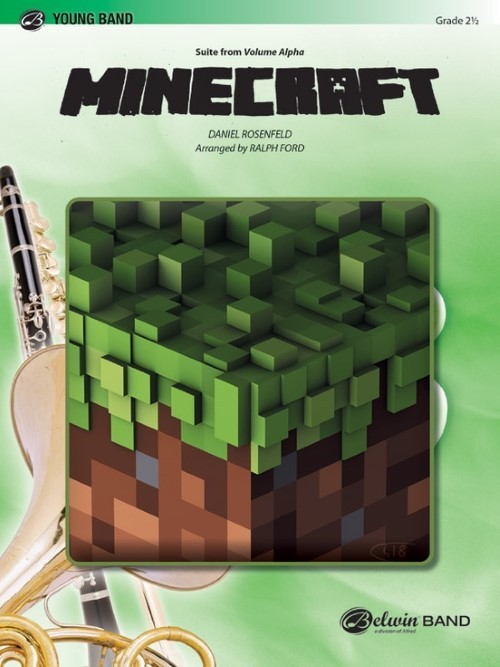 £64.95
£64.95Minecraft, Suite from Volume Alpha (Concert Band - Score and Parts) - Rosenfeld, Daniel - Ford, Ralph
Minecraft has won numerous awards and sold over 54 million copies across all technology platforms. Originally developed as a sandbox game that allows the player(s) to construct objects, cities, worlds, etc. out of textured cubes in a 3D world, there are four distinct modes. Its brilliance lies in the fact that players have no specific goals and are free to choose how to play the game. This medley was compiled from selected music released with the Alpha version of the game including:Minecraft (Main Theme)Mice on VenusSwedenSubwoofer LullabyWet HandsHaggstromDuration: 7.00
Estimated dispatch 7-14 working days
-
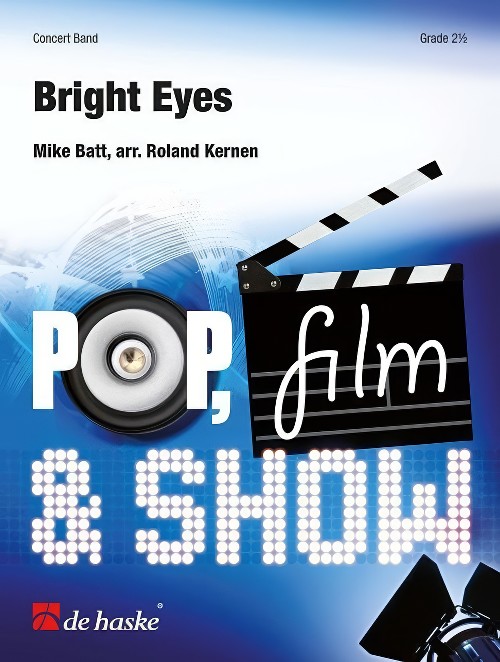 £76.99
£76.99Bright Eyes (Concert Band - Score and Parts) - Batt, Mike - Kernen, Roland
In 1976, Mike Batt wrote Bright Eyes especially for Art Garfunkel, of the duo Simon & Garfunkel, who sang it as the title song of the animated film Watership Down. At that time no one could guess at the global success that this classic melancholy yet wonderful song would enjoy. 35 years, numerous chart appearances, cover versions and awards later, here's Roland Kernen's sensitive arrangement for a performance to fall in love with all over again!Duration: 4:00
Estimated dispatch 7-14 working days
-
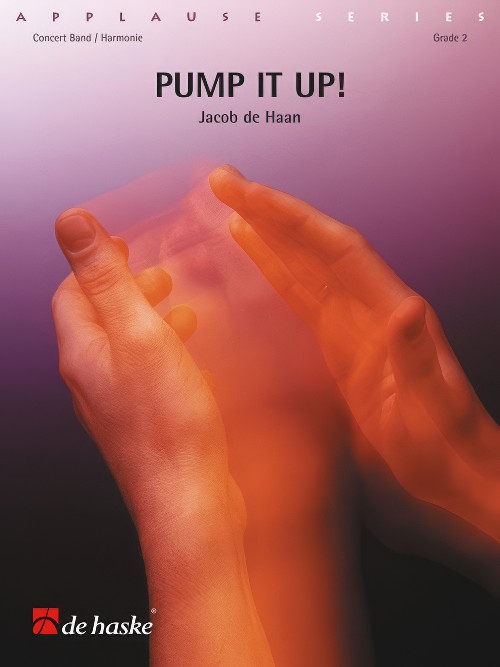 £60.99
£60.99Pump it Up! (Concert Band - Score and Parts) - De Haan, Jacob
Energy, an irrepressible call to the dance floor and punchy 'pumping' basses are the perfect mix of ingredients for Pump It Up! Nimble melodies and zestful rhythms over a tight beat supply the rest: this top new title by Jacob de Haan is a sure-fire hit, evoking memories of top entertainment hits such as Cornfield Rock, Queen's Park Melody and Discoduction.Duration: 3.00
Estimated dispatch 7-14 working days
-
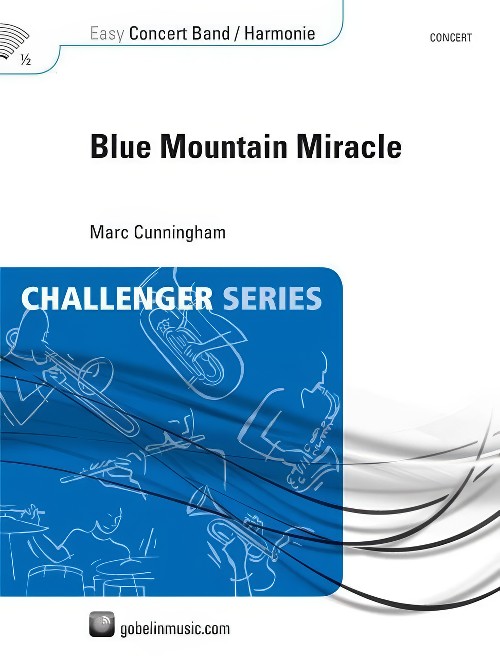 £72.99
£72.99Blue Mountain Miracle (Concert Band - Score and Parts) - Cunningham, Marc
The Blue Mountains are a breathtaking mountain and forest landscape in the New South Wales, Australia. This work came about above all inspired by Weeping Rock, an overhanging rock that gets its name from the waterfall that flows over it.Duration: 3:20
Estimated dispatch 7-14 working days
-
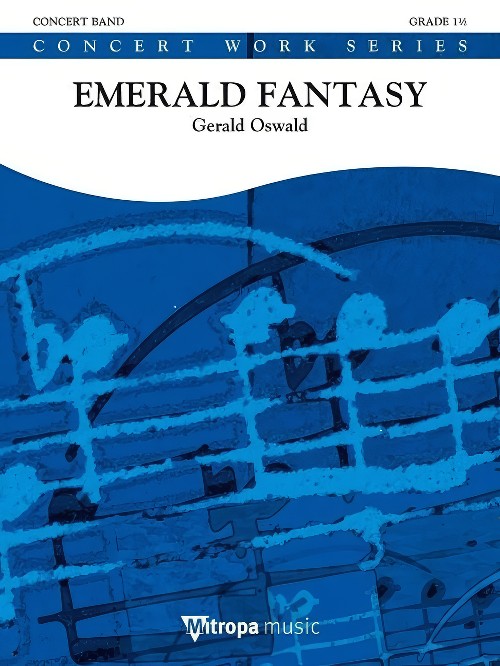 £69.99
£69.99Emerald Fantasy (Concert Band - Score and Parts) - Oswald, Gerald
The composition Emerald Fantasy tells of Ireland's stunning green and hilly landscape, from its turbulent history as well as the courage and unerring zest for life of the locals. With over forty shades of green and wonderful scenery, Ireland is among the most beautiful locations in the whole of Europe.Duration: 3:30
Estimated dispatch 7-14 working days
-
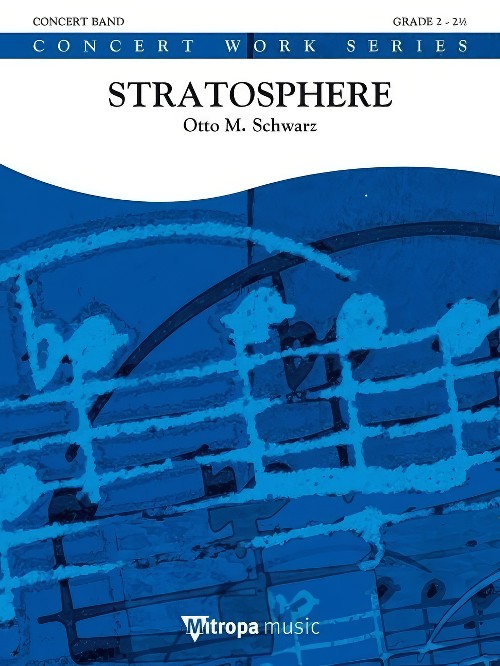 £94.99
£94.99Stratosphere (Concert Band - Score and Parts) - Schwarz, Otto M.
What do the American Joseph Kittinger and the Austrian Felix Baumgartner have in common? They both jumped from over 30km high with a parachute. While Kittinger's attempt on 16 August 1960 was from a height of 'only' 31,333 meters, Felix Baumgartner broke this record on 14 October 2012 with a breath-taking 38,969 meters. This composition Stratosphere describes the adventure, from climbing into the capsule with help of a balloon, to the short pause in the stratosphere, and the jump, the turbulence during the free-fall descent, and finally the opening of the parachute and the safe landing.Duration: 6:00
Estimated dispatch 7-14 working days
-
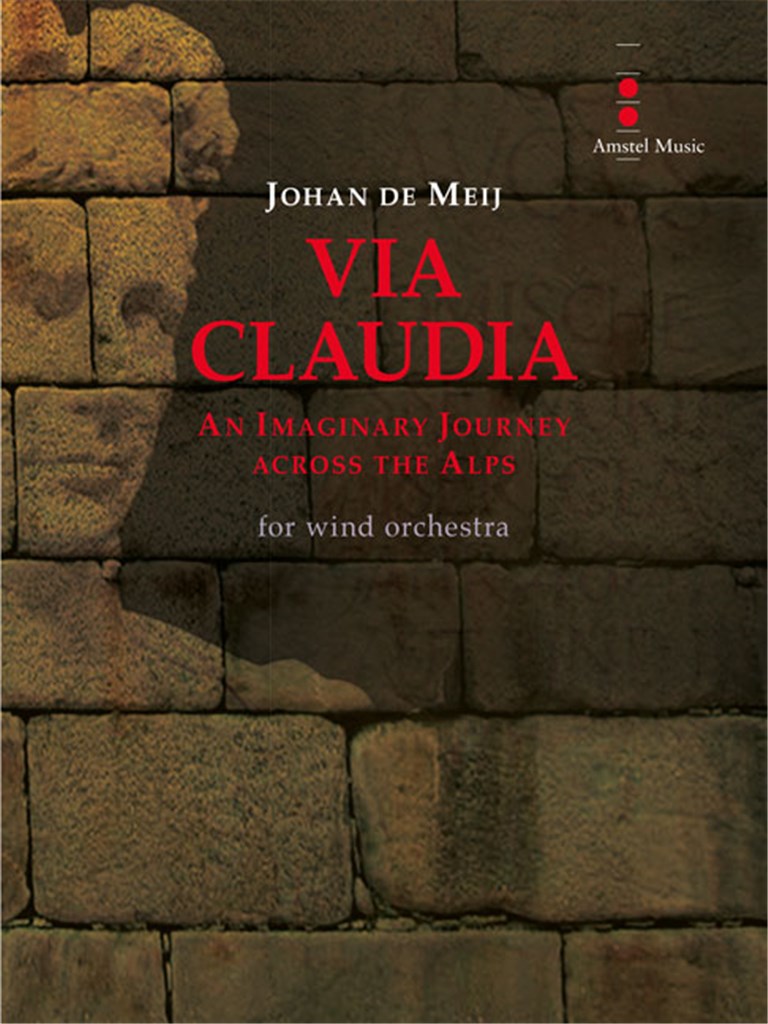 £148.00
£148.00Via Claudia (Concert Band) - Score and Parts - De Meij, Johan
An Imaginary Journey Across the AlpsWith Via Claudia, the band takes the audience with it on a tour of the Alps. The journey begins on a foggy night near Venice and leads in a solemn procession over steep mountain passes up to the summit, where the sun breaks through and a glorious panorama is revealed. Alpine meadows in full bloom, the echo of an alphorn and brilliant fanfares in the brass accompany the onward journey to Augsburg, where the arrival is celebrated with a triumphal anthem!Duration: 15.00
Estimated dispatch 7-14 working days
-
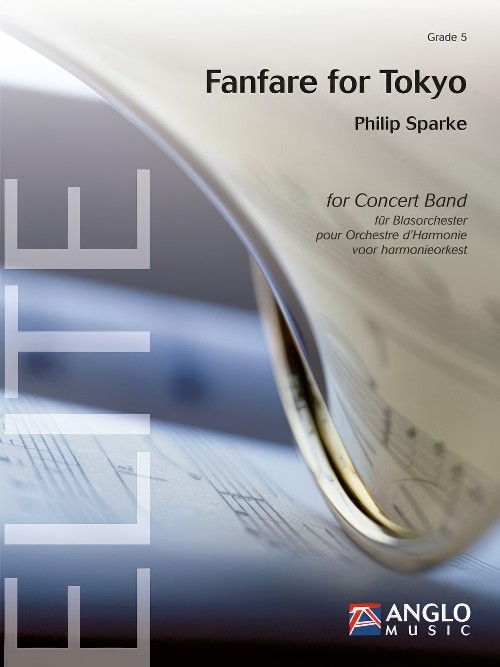 £91.99
£91.99Fanfare for Tokyo (Concert Band - Score and Parts) - Sparke, Philip
Fanfare for Tokyo is a flamboyant and extrovert concert opener designed to celebrate the virtuosic character of the talented Tokyo Wind Symphony Orchestra. A central theme over persistent percussion is first given by bassoons and taken up by the full ensemble. Either side of this horns and euphoniums lead an acrobatic fanfare under woodwind flourishes.Duration: 3:00
Estimated dispatch 7-14 working days
-
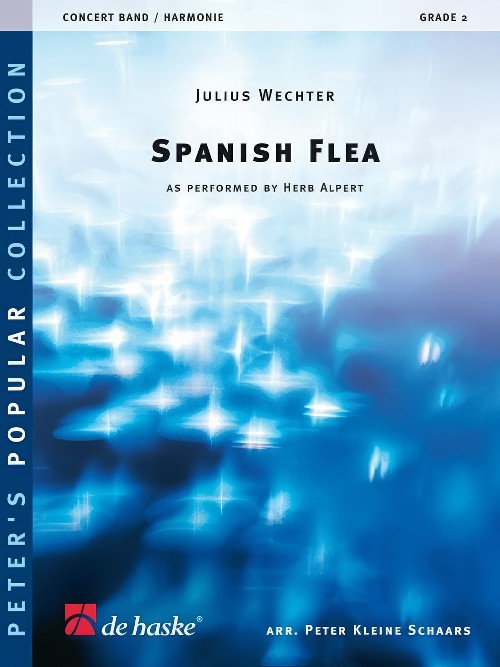 £69.99
£69.99Spanish Flea (Concert Band - Score and Parts) - Wechter, Julius - Schaars, Peter Kleine
Julius Wechter wrote Spanish Flea in 1967 for the renowned trumpeter and bandleader Herb Alpert, who made the tune famous. The title itself might be less familiar, but the tune is known the world over through radio, tv and films such as Beverly Hills Cop and The Simpsons or simply as catchy, up-beat background music. A guaranteed smash hit for every concert!Duration: 2:15
Estimated dispatch 7-14 working days
-
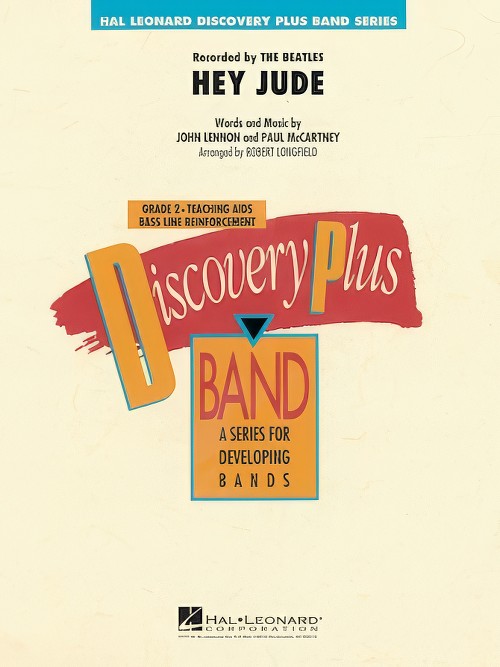 £54.99
£54.99Hey Jude (Concert Band - Score and Parts) - Lennon & McCartney - Longfield, Robert
Recorded by the Beatles in 1968, this classic ballad has remained popular through the years. This arrangement for young players opens with a trumpet solo followed by a statement in the woodwinds. The lower voices then get a chance at the melody before the full band takes over on the familiar chorus. Sure to be a favourite with your audience as well as your students.
Estimated dispatch 7-14 working days
